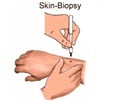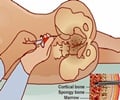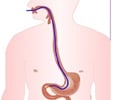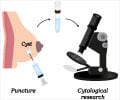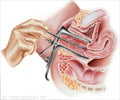What are the different biopsy procedures?
Trans-Rectal Biopsy: (Through the rectum)
TRUS is the most commonly used method for obtaining Trans-Rectal Biopsy.
TRUS uses sound waves to create a video image of the prostate gland, using which a biopsy gun.
Biopsy gun is a hand held device with a spring loaded slender needle.
Biopsy needle is passed through the wall of the thin rectal wall, the needle can remove slender cylinder of tissues called core. Biopsy needles are tiny, with a sliding sheath which opens once it enters the prostate.
The biopsy procedure removes a sextant (six-part) biopsy.
The doctor may inject a local anesthetic around the prostate gland before the biopsy is taken.
Trans-Urethral Biopsy: (Through the urethra)
You may be given a general anesthesia or a local anesthesia to numb your urethra and the area around it.
Cytoscope (Light fitted scope) is inserted into your urethra, which helps your doctor to view your prostate gland.
A cutting loop, which can cut small pieces of tissue is inserted into the cytoscope. The loop is rotated to collect the small pieces.
Trans-Perineal Biopsy:(Through the Perineum)
In this procedure, local anesthesia is given around the perineum to numb the area.
An incision is made in the perineum, inside which the doctor inserts a finger into the rectum, and holds the prostate gland. He then inserts the needle through the cut into the prostate gland and turns it and pulls it out. Samples are taken from different areas of the prostate.
A bandage is placed on the cut after stopping the bleeding by applying pressure.

